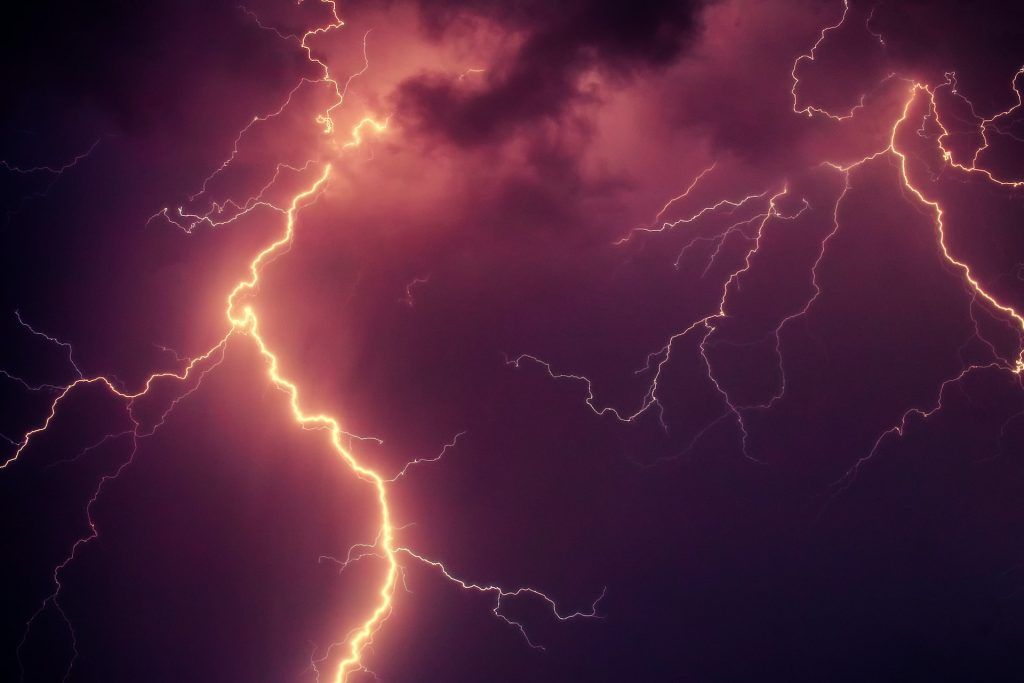Free Courses Sale ends Soon, Get It Now


Free Courses Sale ends Soon, Get It Now



Disclaimer: Copyright infringement not intended.
Context
Details
Cirrus clouds
Other cloud types
Classification of clouds according to the altitude
Information about cloud
Types of clouds
High clouds
Middle clouds
Low clouds
Clouds with extensive vertical development
Thunderstorm
Relation between Thunderstorm and Cirrus cloud
Issues
Studies
Findings
Closing thoughts
PRACTICE QUESTION
https://phys.org/news/2023-09-global-thunderstorm-quantity-wispy-cirrus.html
© 2024 iasgyan. All right reserved